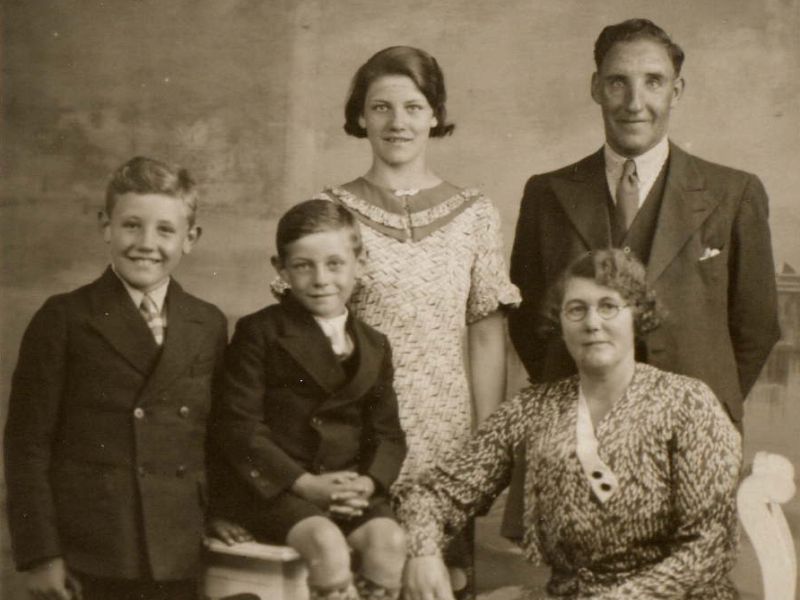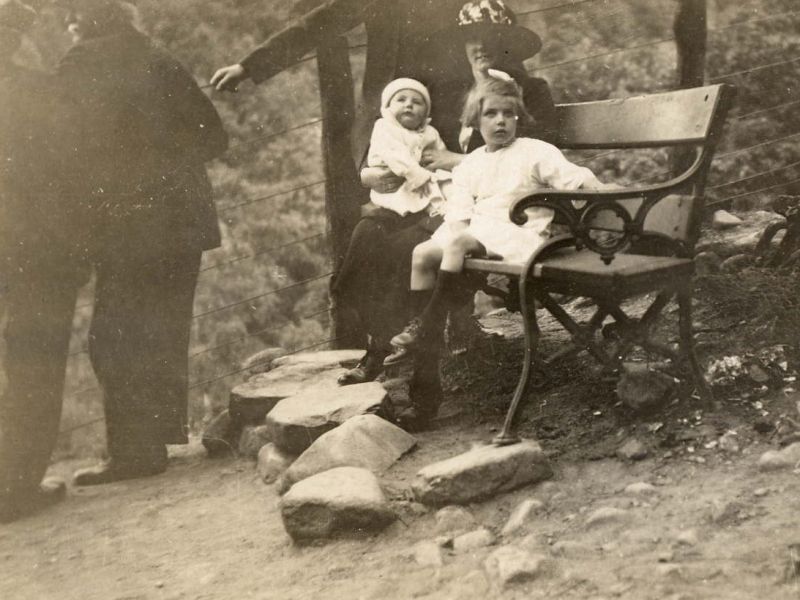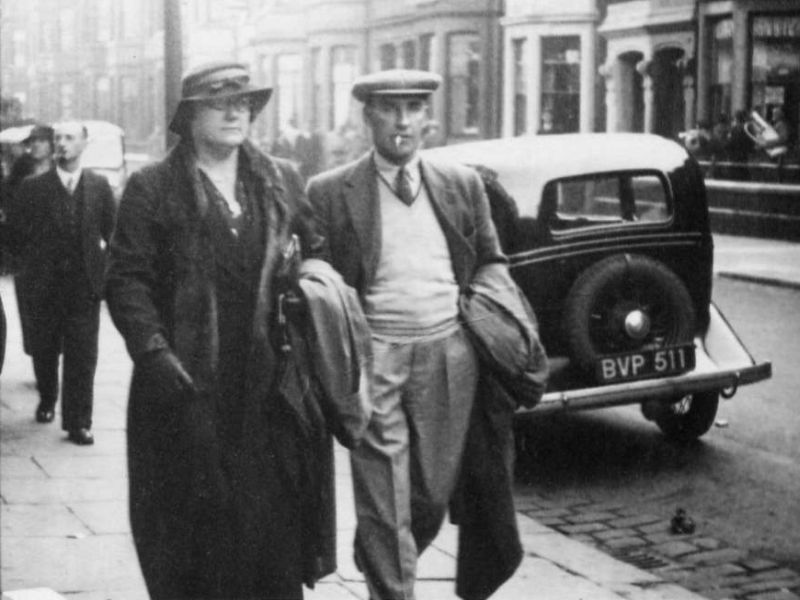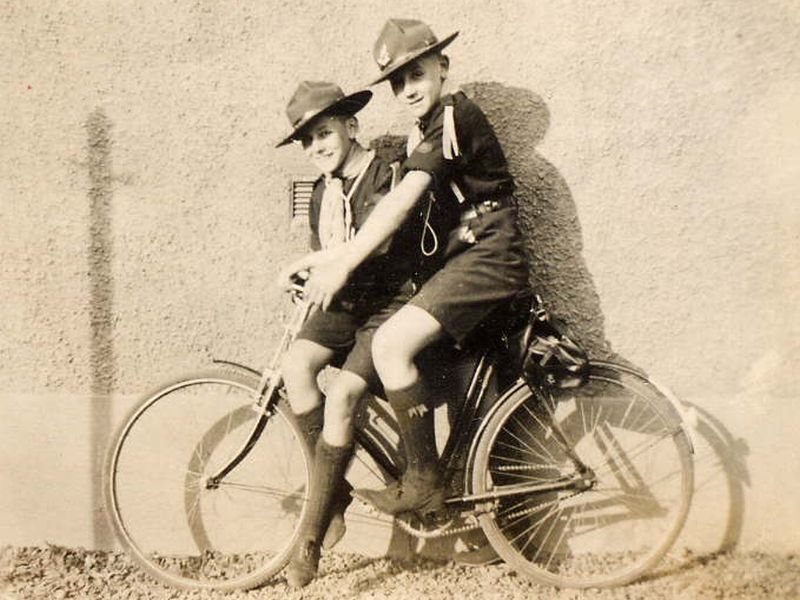Some of the surnames listed in the Lumsden Family tree:
McCallum, Arnott, Ferguson, Suttie, Addie, Eadie, Eddie, Bissett, Evans
Motto: Amor Patitur Moras - Love Endures Delay




Some of the surnames listed in the Lumsden Family tree:
McCallum, Arnott, Ferguson, Suttie, Addie, Eadie, Eddie, Bissett, Evans
The manor of Lummesdene is first mentioned in 1098, when Edgar, King of Scots, son of St Margaret and Malcolm III Canmore, refounded Coldingham Priory, endowing it with the village of Coldingham, Lummesdene, Auldecambus, Renton and Swinewood in the County of Berwick
The first recorded possessors of the lands, divided into Easter and Wester Lumsden, were Gillem and Cren de Lummisden who, between 1166 and 1182, attested a charter granted to the priory of Coldingham by Waldeve, Earl of Dunbar. Gilbert de Lumisden appears as witness to charters 1249-1262
The name of the proven common ancestor of the Lumsdens comes into history through an event which occurred in 1286 and which led to the wars of Scottish Independence
Alexander 111 Was killed by a fall from his horse, leaving as heiress his baby granddaughter Margaret, Maid of Norway who was betrothed to Prince Edward of England 9later King Edward 11). She died on the voyage to Scotland. The Scots Barons, unable to agree on the succession, asked Edward 1, King of England to mediate and choose one of three claimants to the throne of Scotland. Edward chose John Balliol to be his puppet King. When the Scottish nobles urged him into showing some independence his reign was ended and Edward invaded Scotland in 1292, subdued all opposition, removed the national archive, the Crown and the supposed Stone of Destiny to England. The heads of noble landowning families were forced to sign an acknowledgement of Edward as their King. Adam de Lumisden of that Ilk did forced homage in 1296 and, as did his son Roger de Lummesdene, signed the Ragman Roll
From this Adam, the first recognised chief of the Name and Arms of Lumsden, descended Gilbert who married the heiress of Blanerne (charter of 15 June 1329) adopting her crest of a blanc erne, or white tailed eagle, preying on salmon
From Gilbert's elder son Gilbert, descend the families of Lumsden or Lumsdaine of Blanerne in Berwickshire and Airdrie, Innergellie, Rennyhill, Mountquhanie, Stravithie and Lathallan in Fife. His younger son Thomas had a charter in 1353 of the lands of Drum and Conland in Fife and East and West Medlar (Cushnie) in Aberdeenshire. From him descend the northern Lumsdens of Conland, Chushnie, Tillycairn, Clova and Auchindoir, Belhelvie, Pitcaple, Balmedie, Banchory and other estates and baronies in Aberdeenshire, Banffhsire and Kincardineshire.
Restoration work has been done in 1974 on Cushnie House and in 1980 Tillycairn Castle, built 1540, was completely restored. Pitcaple Castle has had considerable work done during the last four decades. In 1993 the tomb of James Lumsden of Airdrie 1598 ( a listed national monument) in Crail Churchyard and the Lumsdaine memorial in Kilrenny were restored aided by funds from the Association.
Little remains of the Southern stronghold of the Lumsdens, Blanerne Castle, on the banks of the Whiteadder in Berwickshire, save one of the flanking towers. Nearby stand the fine manor house of Blanerne, rebuilt in 1895 after a disastrous fire. Sadly it was sold by the Lumsdaines in 1929.
The Lumsdens have also given their name to the village of Lumsden in Aberdeenshire, and townships and village in Canada, New Zealand and Jamaica. Apart from the New World and the Old Territories of the British Empire, Lumsdens are also found in South America and Sweden.
Contrary to what some publications on Clans and Septs state, the Lumsdens are independent with their own Chief and Tartan. The only Sept of Lumsden is that of Cushnie. The present hereditary Chief of the Name and Arms of Lumsden is Gillem Lumsden of that Ilk and Blanerne